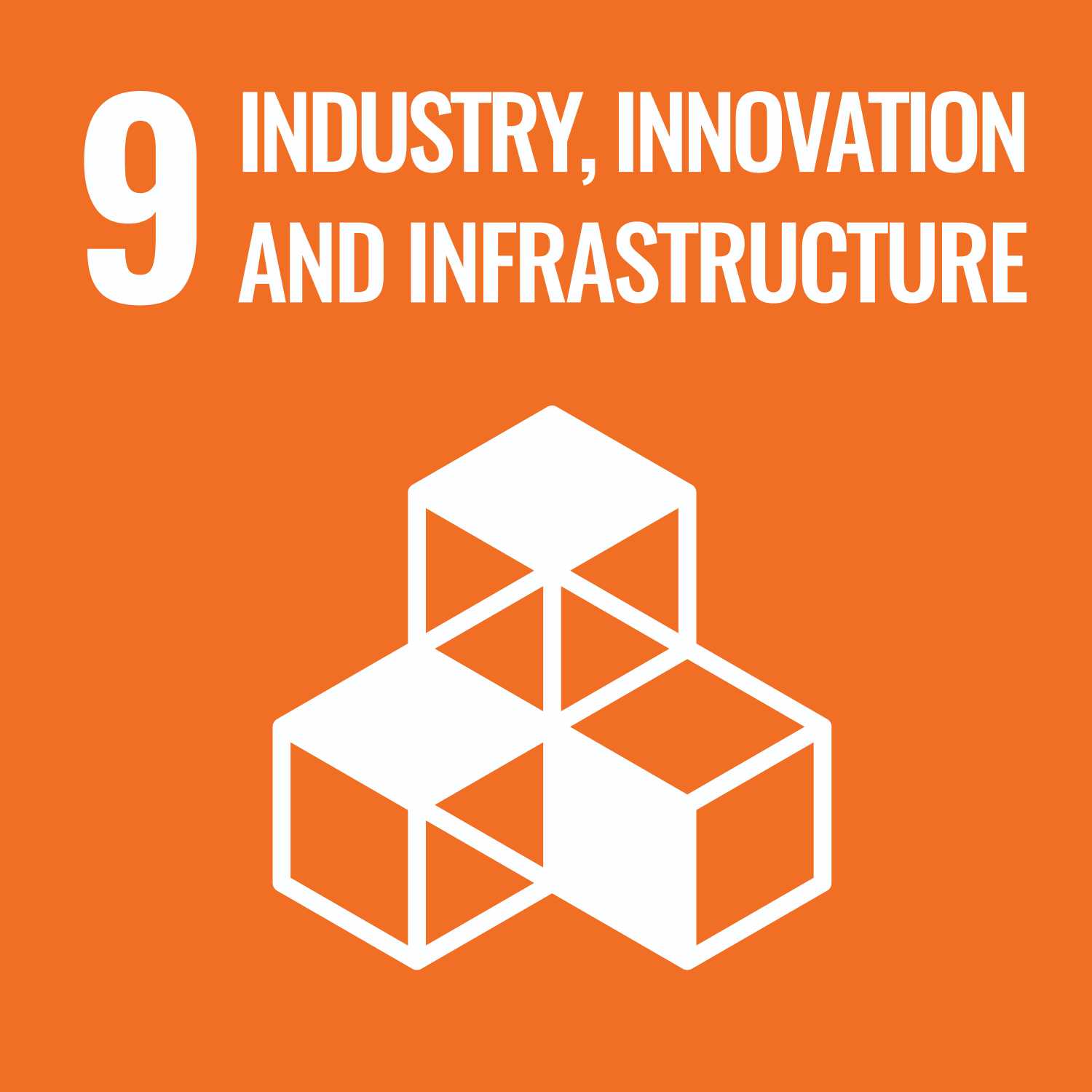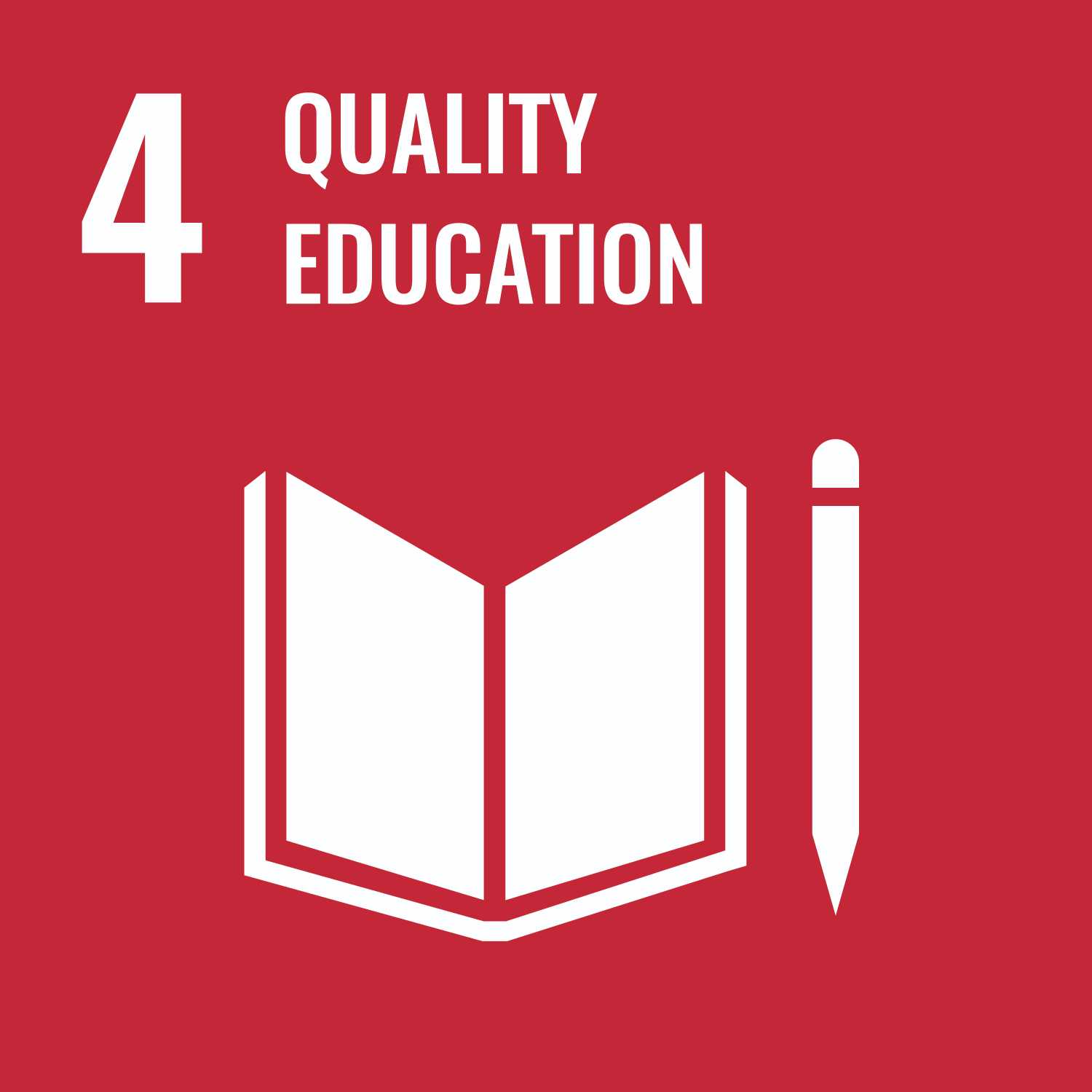

Day 1: The event was inaugurated by Ms. Saravana Gowri, a student of III Mechanical Engineering, who delivered the welcome address and introduced the esteemed guest speakers. The workshop aimed to shed light on various aspects of Computer-Aided Engineering (CAE) applications in the automobile industry. Session 1: Role of CAE in Automobile Industries Ms. L. Kavya, a seasoned professional in the field of CAE, kick-started the first session. She eloquently discussed the pivotal role of CAE in the realm of automobile industries. Her presentation highlighted how CAE techniques are instrumental in designing, analyzing, and optimizing automotive components and systems, leading to improved performance, safety, and cost-effectiveness. Session 2: Static Structural Analysis The second session was led by Dr. S. Dharani Kumar, an expert in structural analysis. The topics covered included importing and exporting material properties, basic meshing techniques, and defining boundary conditions. The participants also received hands-on training by solving two structural problems, which provided them with practical insights into the software's capabilities. Session 3: Contact Analysis Continuing the momentum, Dr. S. Dharani Kumar conducted the third session, focusing on contact analysis. Participants gained understanding about bonded and frictionless contact problems. Day 2: Session 4: Joints and Linkage Problems of IC Engine The second day of the workshop commenced with an insightful session on joints and linkage problems of internal combustion engines. This session, facilitated by domain experts, explored the challenges associated with engine components' connections and provided insights into effective solutions. Session 5: Thermal Problems. S. Dharani Kumar returned with a session on thermal problems. He explained steady-state thermal problems, encompassing conduction, convection, and radiation. The participants were exposed to practical problem-solving techniques using ANSYS Workbench, enhancing their comprehension of heat transfer phenomena. Session 6: Vibration Problems. The final technical session of the workshop focused on vibration problems. Dr. Dharani kumar elucidated modal analysis of an aircraft wing, harmonic analysis of a beam, and transient analysis of a beam. These sessions gave participants exposure to dynamic analysis techniques and their significance in engineering design and evaluation. Feedback Session and Certificate Distribution: Following the technical sessions, a feedback session was conducted, allowing participants to express their opinions and suggestions for future improvements. The attendees lauded the workshop's organization, content, and the expertise of the speakers. The workshop concluded with the distribution of certificates to all participants, acknowledging their active engagement and successful completion of the ANSYS Workbench workshop.
21st Century Engineering College in Coimbatore
World is transforming everyday. In the rapidly evolving engineering landscape, we have an Increased responsibility to transform the engineering education from traditional curriculum to meet the 21st century skills like Creativity, Critical Thinking, Collaboration and Communication. Through our unique and strategic approach we enable our students to learn beyond and prepare them for life long success.
